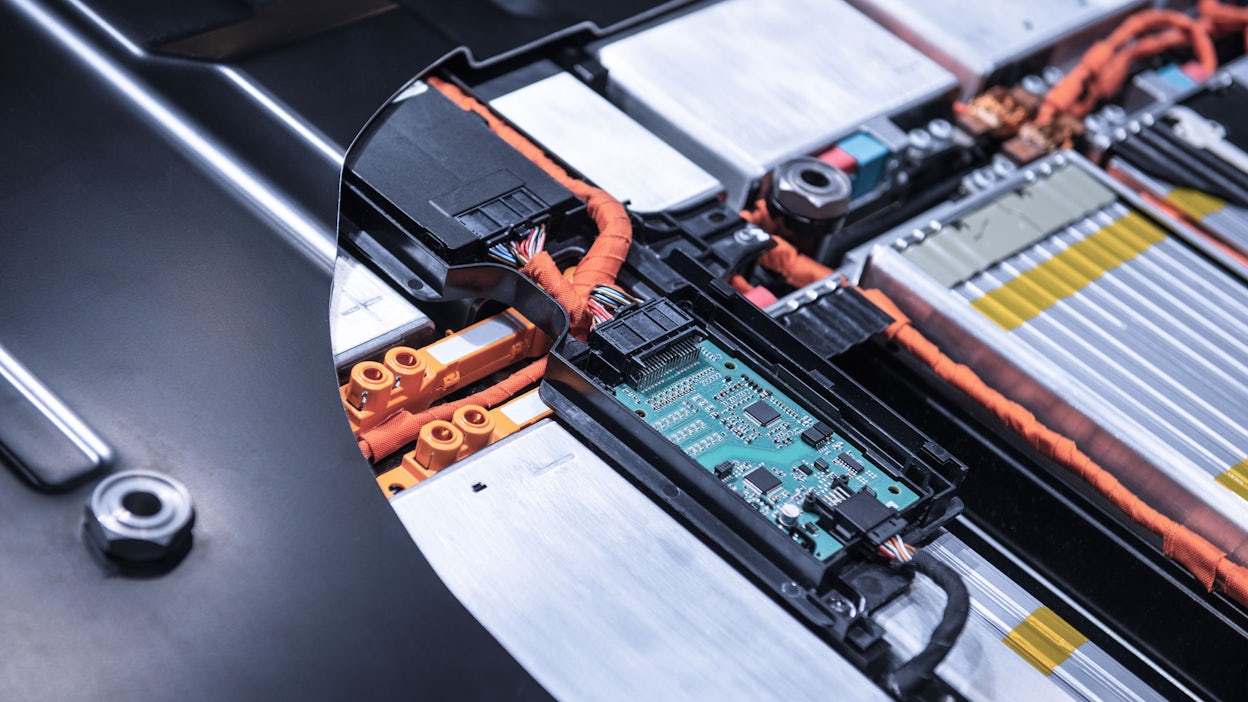What’s in an EV battery?
Fortune favours the fold. Folding led to origami, one of the world’s most unique and celebrated art forms. It also sees use in EV batteries, folding modules to maximise storage while taking up minimum space. Because naturally, EV batteries contain more than the battery modules themselves.

Given that batteries take centre stage in the electric mobility revolution, it’s natural to wonder what they’re made of. A battery pack contains two main components: battery cells, and a Cell-Module Controller (CMC) which controls all information and functions of the battery like voltage, current, and temperature by controlling the CMC and other parts.
The cells themselves are made up of cathodes, anodes, separators, and electrolytes. The folding begins by stacking the cathode, anode, and a separator together. In a mixing process, the raw materials are combined and used to coat copper and aluminium foil to ensure proper electric flow within the cell.
Cells are packaged differently. Prismatically, in a pouch, or as a cylinder. Each type has some strong and weak points when it comes to productivity, cost, and safety.
Folding opens up new avenues, both in the arts and in battery technology. Proving conclusively that a fold move is the right move.









